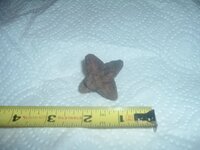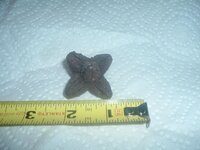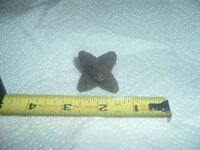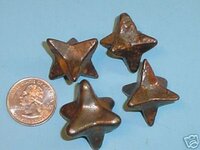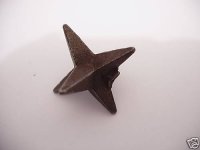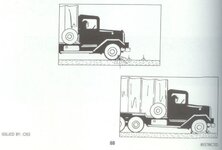Hi All
I found this in North Nevada by old R & R tracks late 1800s to early 1900s Its metal. Looks like a big kids jacks The weight is 2.1 OZ. There does not appear to have any wear like a gear,It is weathered.
I don't know, any thoughts
Thanks Mark
I found this in North Nevada by old R & R tracks late 1800s to early 1900s Its metal. Looks like a big kids jacks The weight is 2.1 OZ. There does not appear to have any wear like a gear,It is weathered.
I don't know, any thoughts
Thanks Mark


